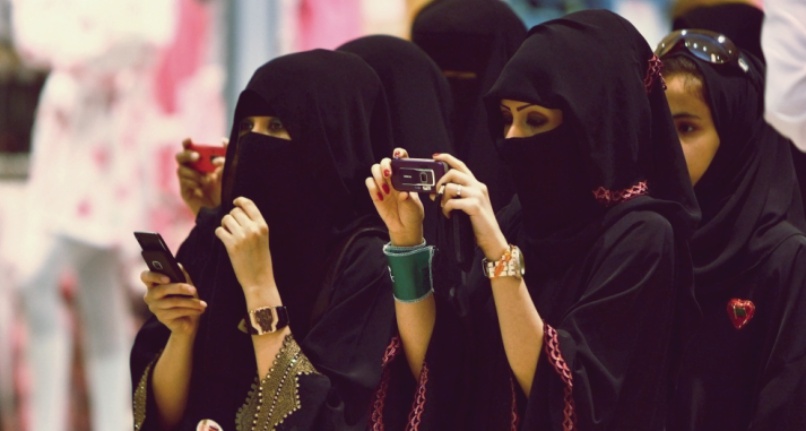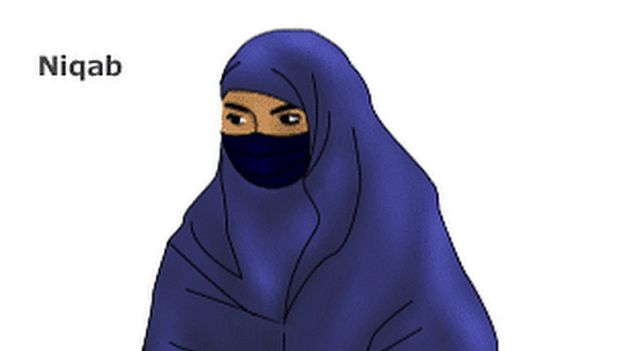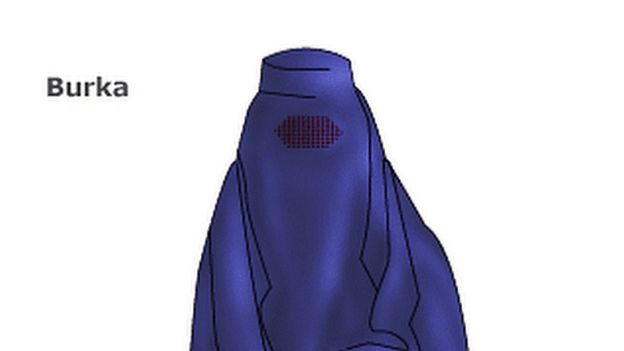Tue 30 Apr 2019:
A ban on face coverings in public has come into effect in Sri Lanka, following a series of suicide attacks on Easter Sunday, in which at least 250 people were killed.
Any face garment that “hinders identification” was being banned to ensure national security, the office of President Maithripala Sirisena said.
Those who support the ban say it’s vital for public safety and encourages assimilation of ethnic and religious minorities.
But rights groups say it discriminates against Muslim women, some of whom view these garments as a religious obligation.
Where else in the world has adopted similar bans?

Europe
France was the first European country to ban the full-face Islamic veil in public places, in 2011.
The ban was upheld by the European Court of Human Rights in July 2014.
A ban against a full-face veil led to protests in Denmark when it came into effect, in August 2018. The law says that “anyone who wears a garment that hides the face in public” will have to pay 1,000 krone (£118; $157), with fines 10 times higher for repeat offenders.
The Senate in the Netherlands passed a law in June 2018 banning face coverings in public buildings such as schools and hospitals, and on public transport. It does not apply on public streets.
In Germany it’s illegal to have any face coverings while driving. Germany’s lower house of parliament has also approved a partial ban for judges, civil servants and soldiers. Women wearing a full-face veil are also required to uncover their faces for identification purposes.
A ban on full-face veils in public spaces such as courts and schools came into force in Austria in October 2017.
A law banning the full-face veil came into effect in Belgium in July 2011. The law bans any clothing that obscures the identity of the wearer in places such as parks and on the street.


A bill was passed in Norway in June 2018 banning clothing covering the face from being worn at educational institutions.
Bulgaria‘s parliament passed a bill in 2016 to fine and cut the benefits of women who cover their faces in public.
There are also some restrictions in Luxembourg, in specific public locations such as hospitals, courts and public buildings.
Some European countries have bans in specific cities or regions.
This includes Italy, where several towns have bans on face-covering veils, including Novara, run by the anti-immigration Northern League, which imposed its ban in 2010.
In Spain, the city of Barcelona announced a ban on face coverings in 2010, in some public spaces such as municipal offices, public markets and libraries.
Face veils are also banned in public areas in some regions of Switzerland.

Africa
In 2015, multiple suicide bombings by women wearing full-face veils in the region prompted full-face coverings to be banned in public places in Chad, Gabon, Cameroon‘s northern region, Niger‘s Diffa region and the Republic of Congo.
In Algeria, public officials have been banned from wearing full-face veils in the workplace since October 2018.
China
The wearing of veils in public places – and “abnormally” long beards – are prohibited in China’s Xinjiang region.
Xinjiang is home to ethnic Uighur Muslims, who say they face discrimination.
The region has seen violent clashes, which the government blames on Islamist militants
Think your friends would be interested? Share this story!





